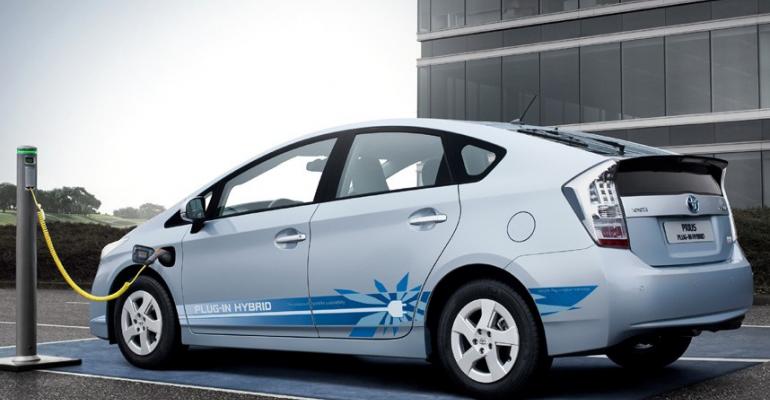U.K. motorists’ acceptance of ultra-low-emissions cars grows as average home electric-charging rates almost triple in a year.
Go Ultra Low, a plug-in vehicle campaigner, cites new data from infrastructure provider ChargeMaster showing more than 90% of electric-vehicle charging takes place at home while total charging volumes have soared 163% since 2014.
Coupled with surging take rates of plug-in vehicles – more than 14,500 were registered in the first half of this year – Ultra Go Low says the new findings point to the potential for motorists to lessen their reliance on gasoline stations by opting for EV ownership.
Go Ultra Low head Hetal Shah suggests motorists should reconsider their approach to car ownership.
“The reasoning is simple: Why should motorists have to go out of their way, regularly spending time at petrol stations, when it is easy to ‘refuel’ from the comfort of their own home, simply by plugging in an electric car?” he says in a statement.
“EV skeptics sometimes question the usability of the U.K.’s roadside charging infrastructure, but this new data indicates that it is an important, but not critical, facility for most electric-vehicle owners.”
Shah also cites the financial benefits of EV ownership.
Government subsidies of up to £700 ($1,093) are available for the installation of fast, efficient home chargepoints and EV drivers can cut tax and fuel costs by about £800 ($1,250) a year compared to the average car. Plug-in vehicles can also be parked for free in many places.
With the average commute in the U.K. less than 10 miles (16 km), most plug-in car and van drivers are able to charge entirely at home or work, only occasionally using public chargepoints as a backup or top-up for longer journeys.
Motorists driving beyond their car’s range can make use of more than 7,500 public chargepoints in 3,000 locations nationwide. This backup infrastructure is set to grow further under government plans to install 500 rapid chargers in key locations by the end of 2015.
In total, £32 million ($50 million) is earmarked for infrastructure support between now and 2020, while £8 million ($12.5 million) has been set aside for public chargepoints. The money includes £15 million ($23.4 million) for the Electric Vehicle Homecharge Scheme.
Go Ultra Low is a collaborative campaign, bringing together a consortium of automakers including Audi, BMW, Mitsubishi, Nissan, Renault, Toyota and Volkswagen with the government and the Society of Motor Manufacturers and Traders.





